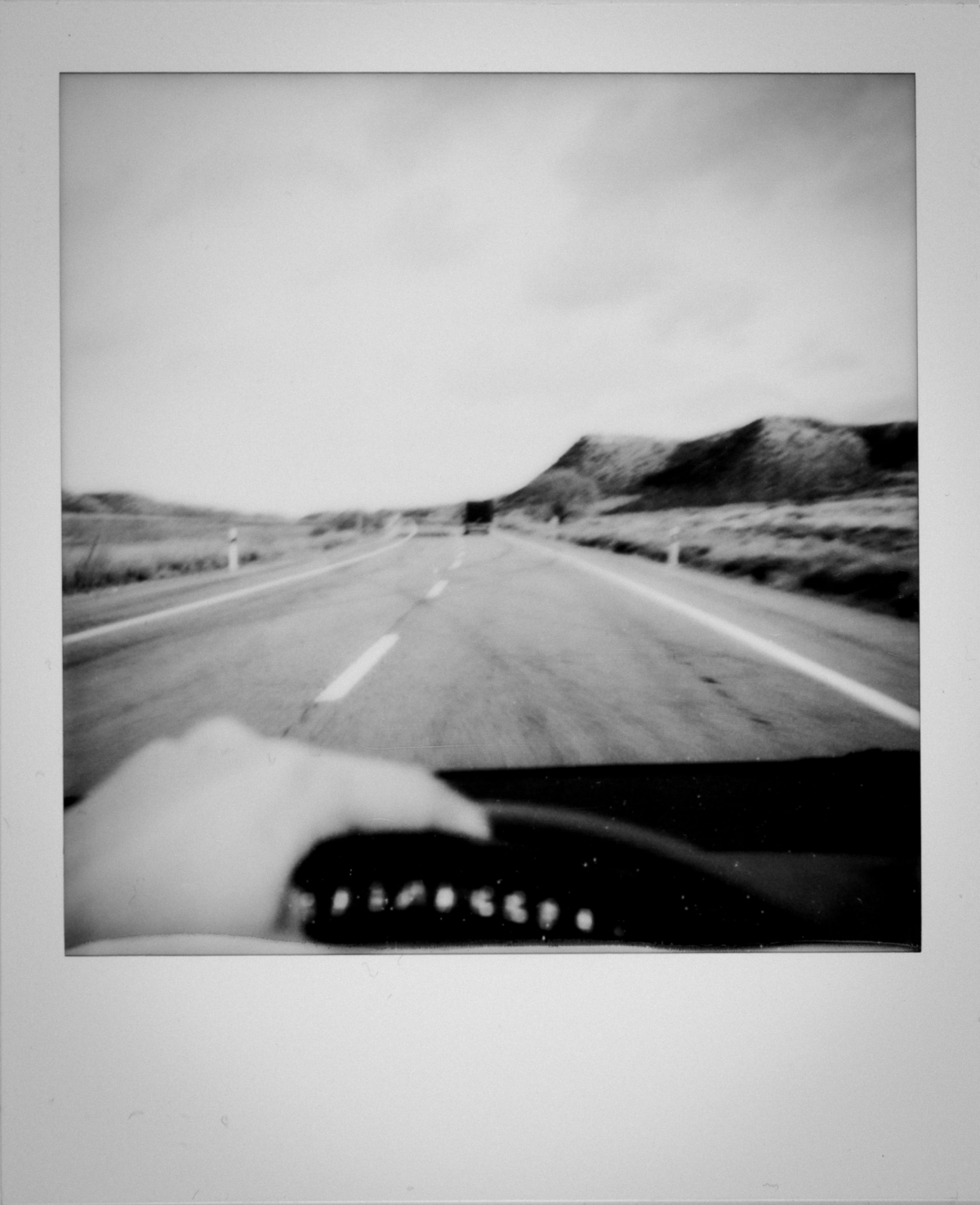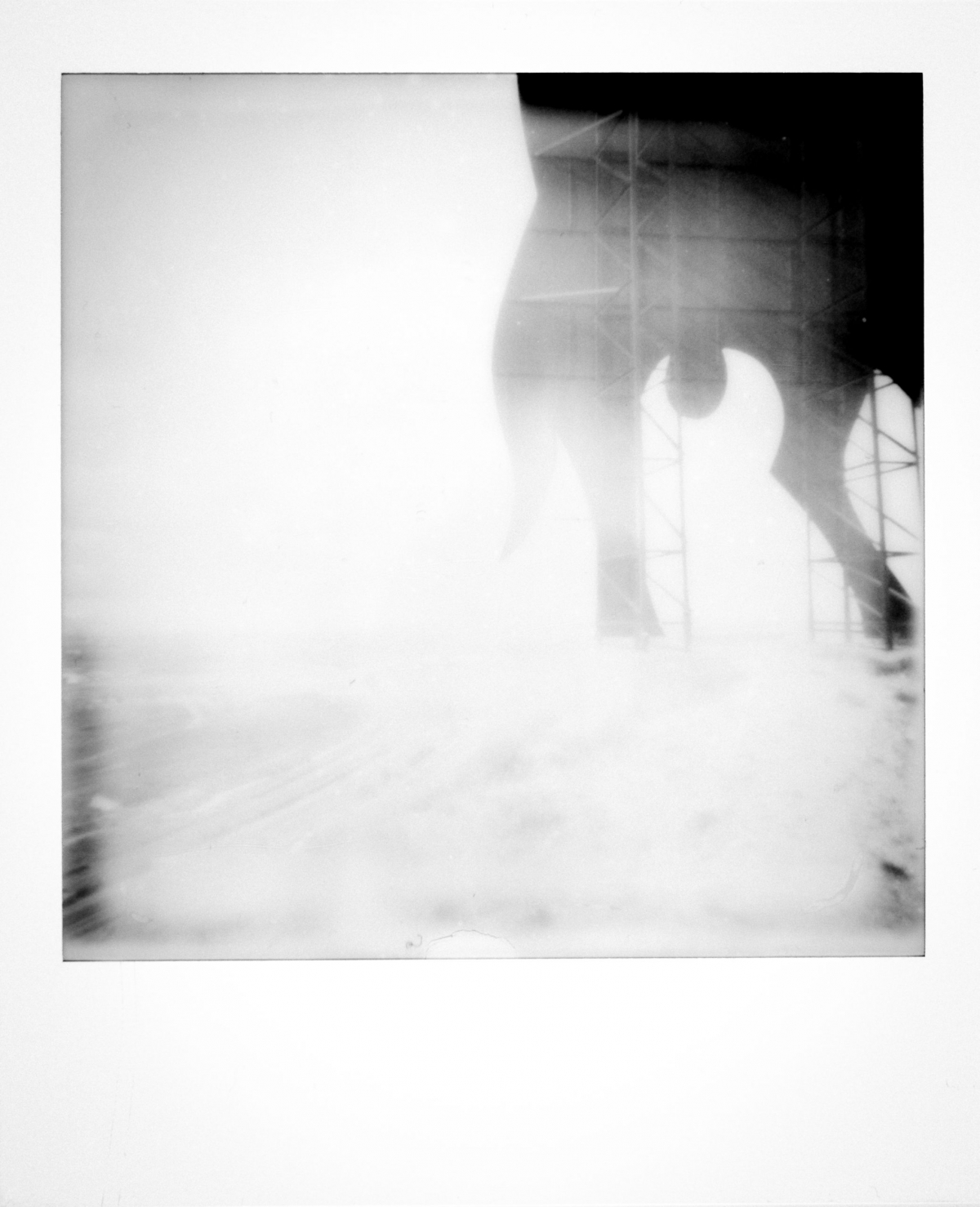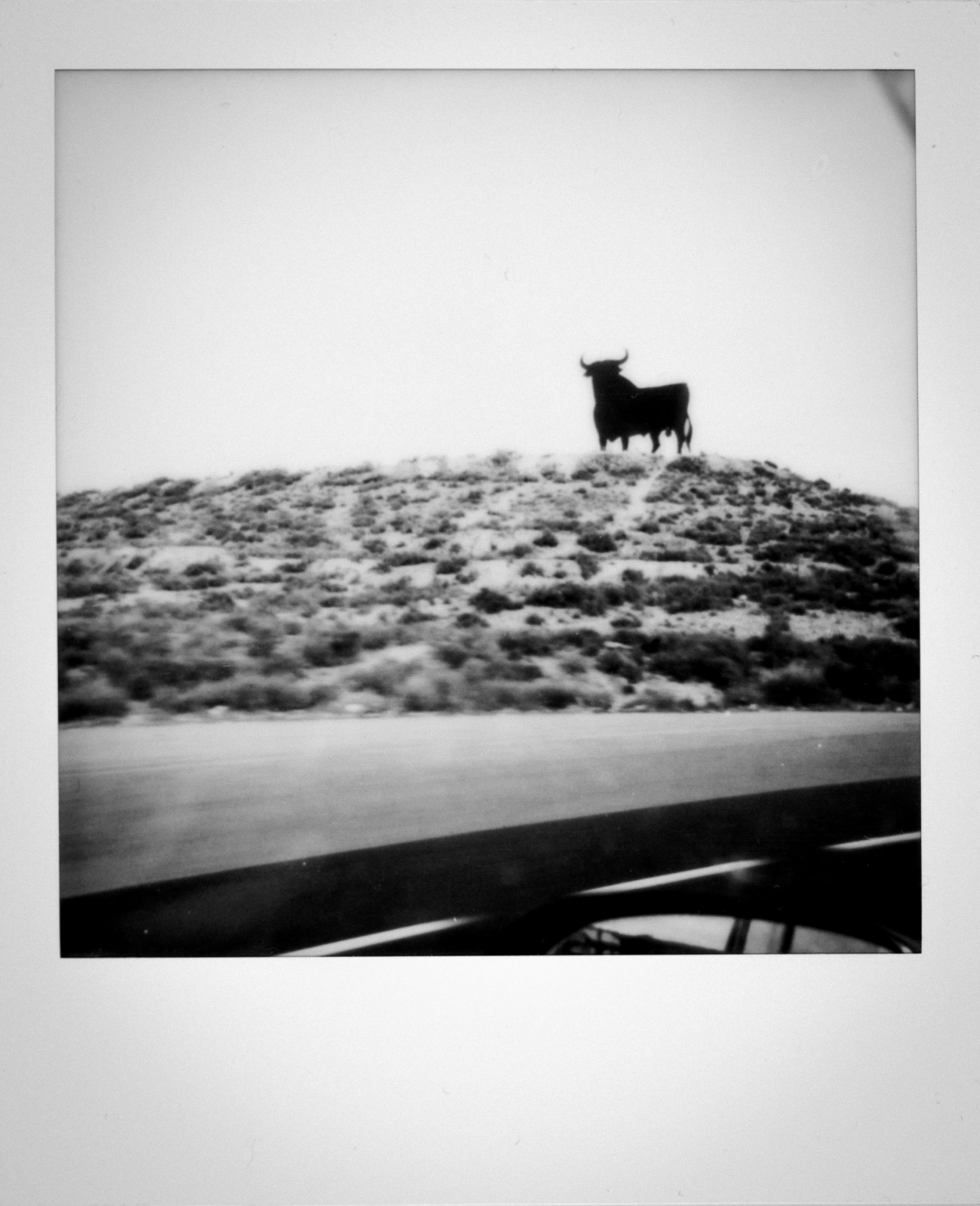EMPTY ROAD
About
Empty Road is a landscape and architectural photography project that documents the current state of one of Spain’s most traveled roads in the past. The Nacional II, spanning 790 kilometers, once connected France to Madrid, passing through Barcelona and Zaragoza. Today, only 266 kilometers of the original national road remain, with the rest having been replaced by the A-2 highway. With the construction of the Northeast motorway and the recent removal of toll fees, the road has fallen into an unprecedented state of abandonment.
This project captures not only the neglect of what was once a vital infrastructure but also the spaces surrounding it: roadside inns and restaurants that were once bustling with travelers and now struggle to survive, deserted gas stations, and arid landscapes that evoke a quiet nostalgia. Through images that explore the light and emptiness of these secondary roads, the project aims to reflect their slow decline and the silence that now surrounds them.
Although the N-II is no longer a main transportation route between the north and center of Spain, it is still traveled by truck drivers, dotted with near-abandoned villages, and inhabited by ranchers who continue to make use of the surrounding land. Beyond documenting its current state, Empty Road is also a reflection on the passage of time and the transformation of the landscape, raising an essential question: what future awaits these once-crucial roads? (2022).
Color Thumbnails



